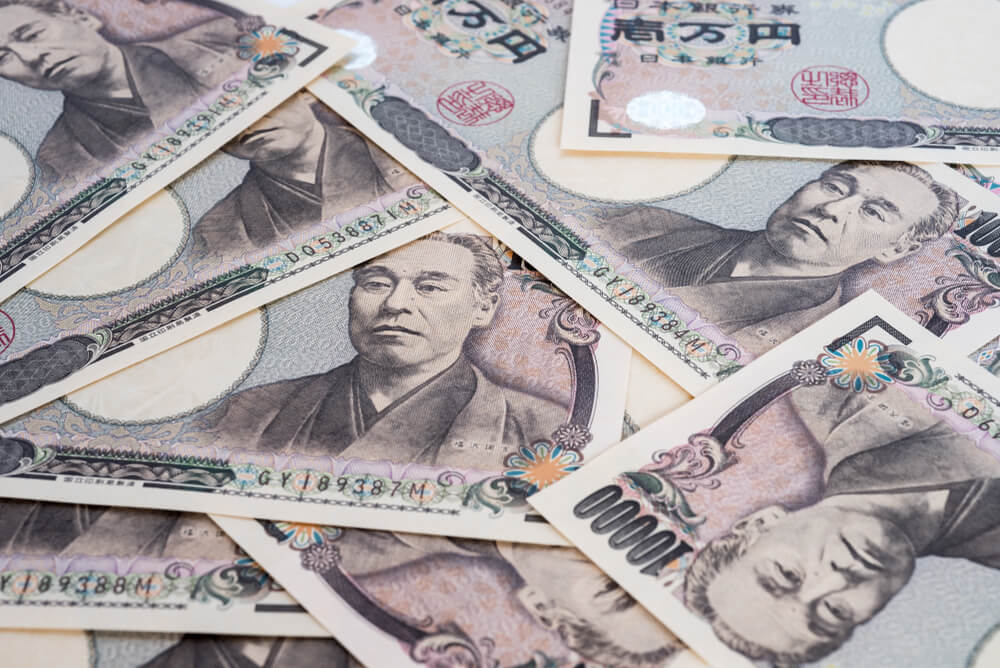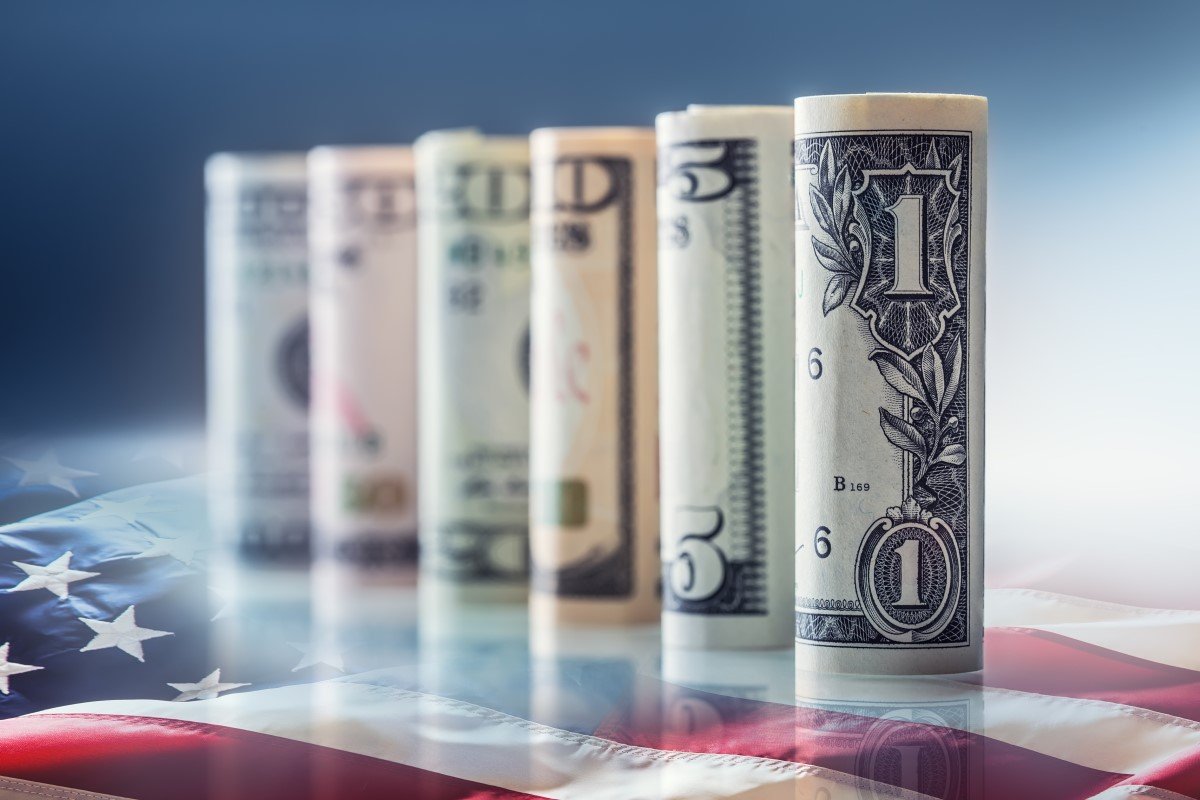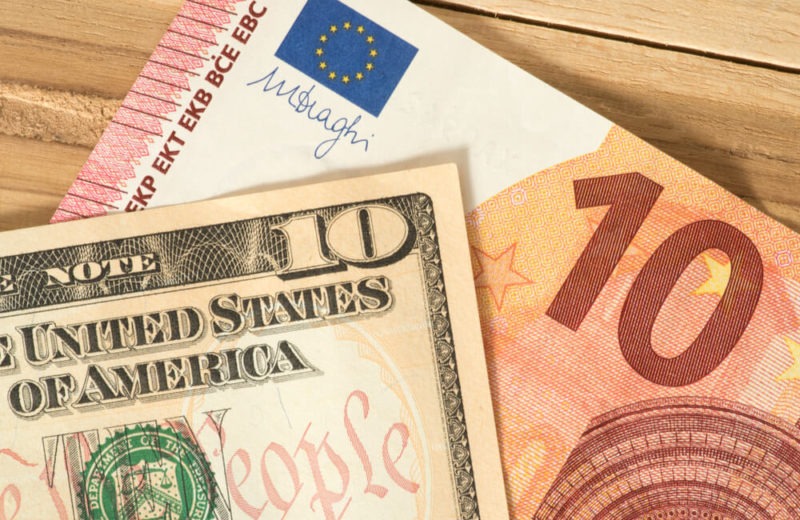China virus fears return. Thus, the Australian Dollar and yuan slip. Yen has gained. After Hubei changes methodology, a rise in new cases comes. Virus anxiety return to haunt markets. Thus, yuan dips. Yen has gained. The Australian dollar and Asian Stocks also pullback.
Hubei province of China is the epicenter of the coronavirus outbreak. The region reported a sharp hump in the number of news cases.
It was a jolt to markets and sparked a flight for safe-haven assets. Thus, yen rose from three week-low against the dollar on Thursday.
The most recent update on the spread of the virus was a grim reminder for investors that the epidemic remains a potent threat to the outlook of the global economy. Thus, against the dollar, the Chinese yuan slipped.
On Thursday, Hubei reported 14,849 new cases as of February 12. It was up from 1,638 new cases indicated on Tuesday. The number of deaths in the province rose sharply from 242 to 1,310.
Yen and Others
Health Commission of Hubei says that it started, including cases diagnosed with a new method. Uncertainty about the coronavirus has shaken up markets over the past two weeks. Late last year, the virus emerged in Hubei’s capital Wuhan and has spread to 24 other countries.
Ayako Sera is the market strategist at Sumitomo Mitsui Trust Bank in Tokyo. He said that when you see numbers like that, you can’t help but move to risk-off trades naturally. It means you buy the yen and sell stocks.
Market strategist at Sumitomo Mitsui Trust Bank in Tokyo, Ayako Sera, says that if the authorities could explain this reason, that would have calmed down things. Nevertheless, the forecasts risk aversion to continuing.
On Thursday, the yen rose 0.15% to 109.94 yen. It pulled back from its weakest since January 21.
The yuan slipped 0.1% to 6.9792 per dollar in the onshore market.














